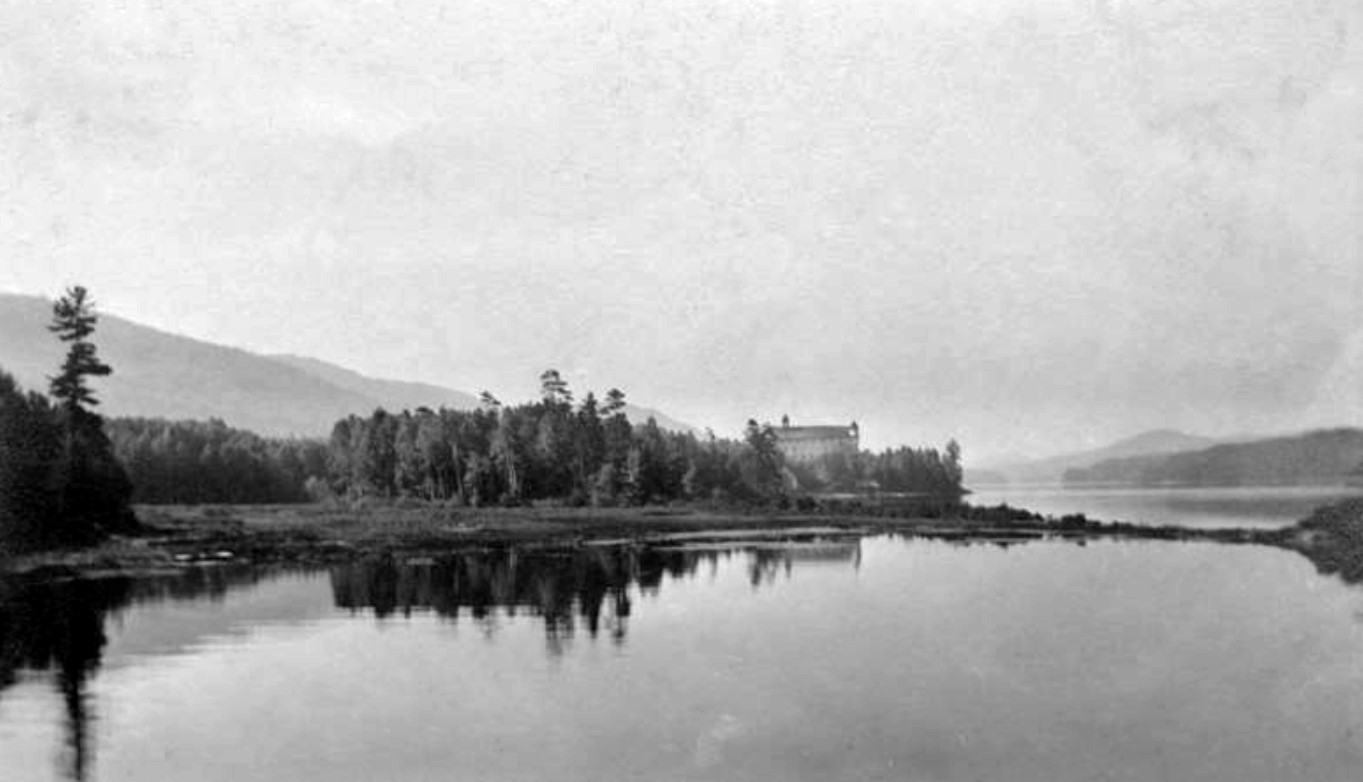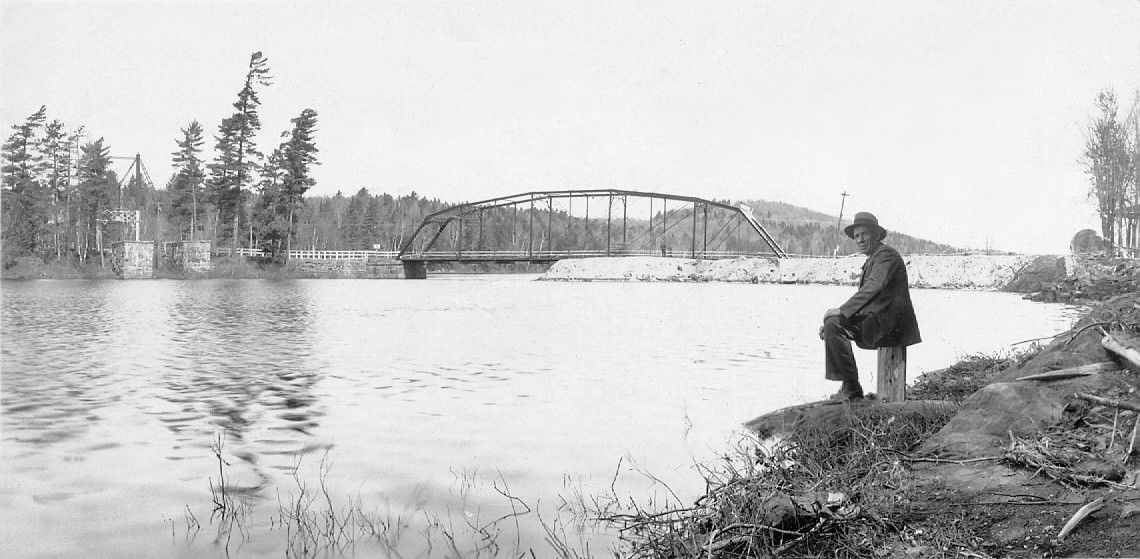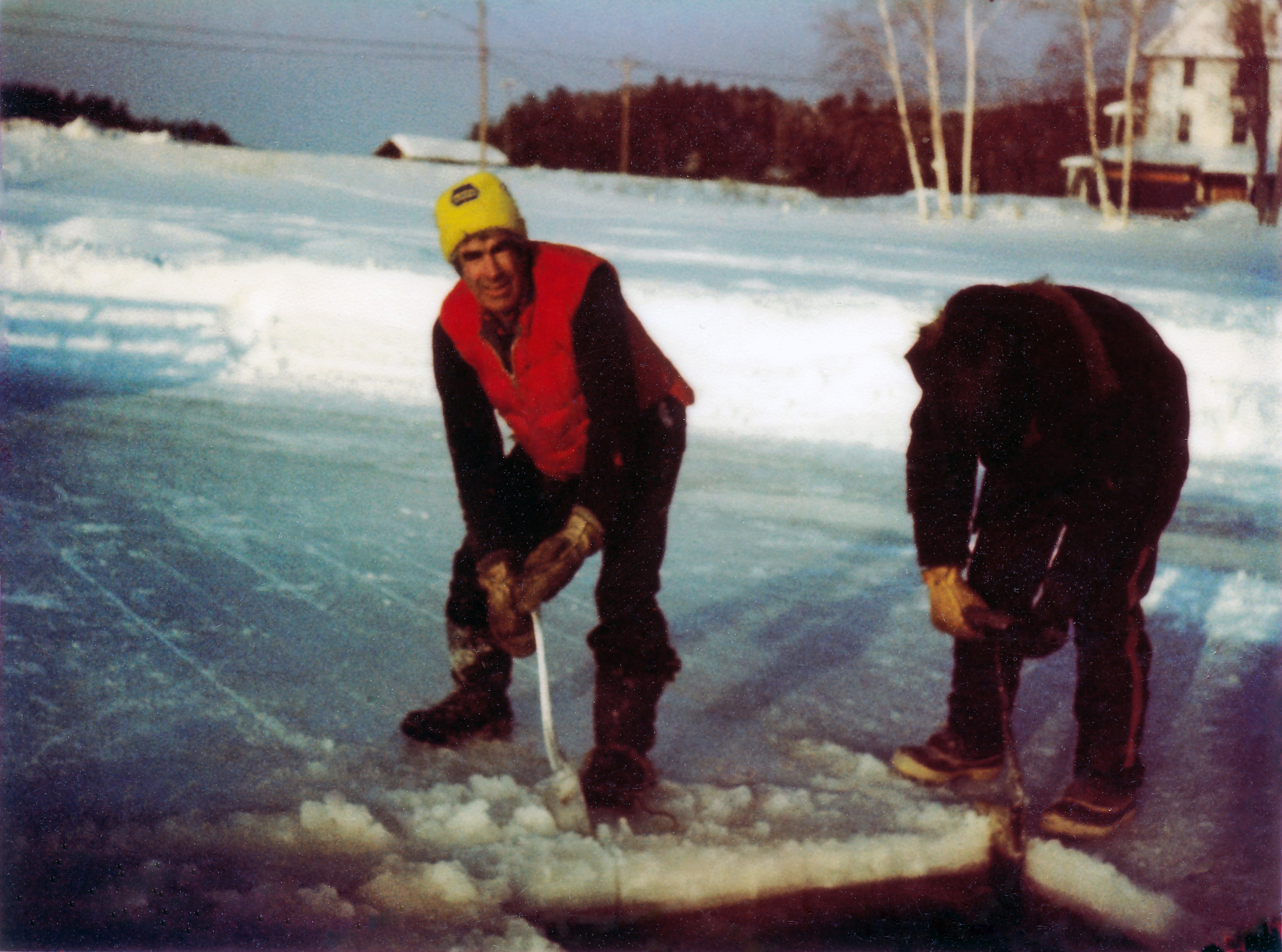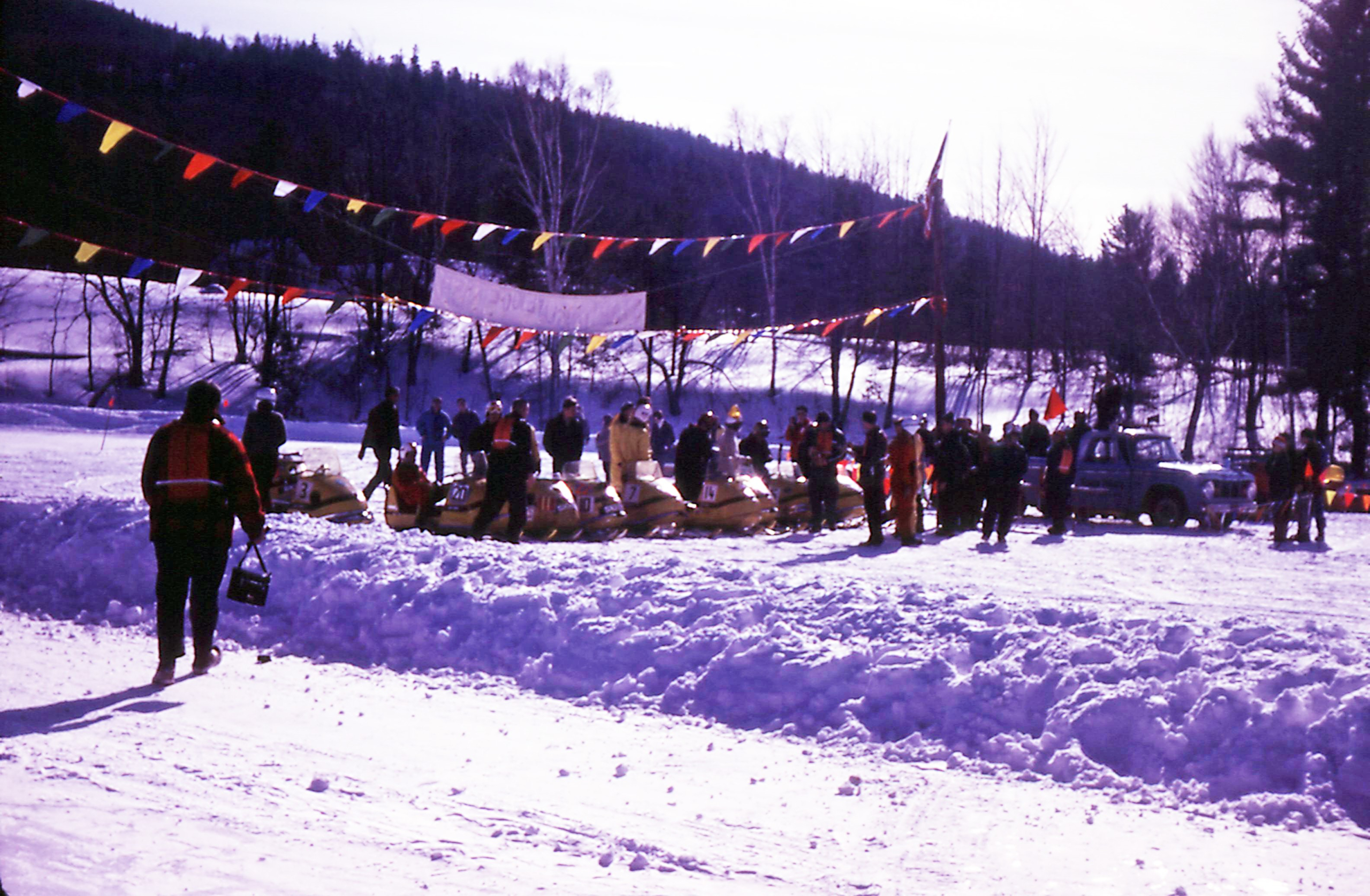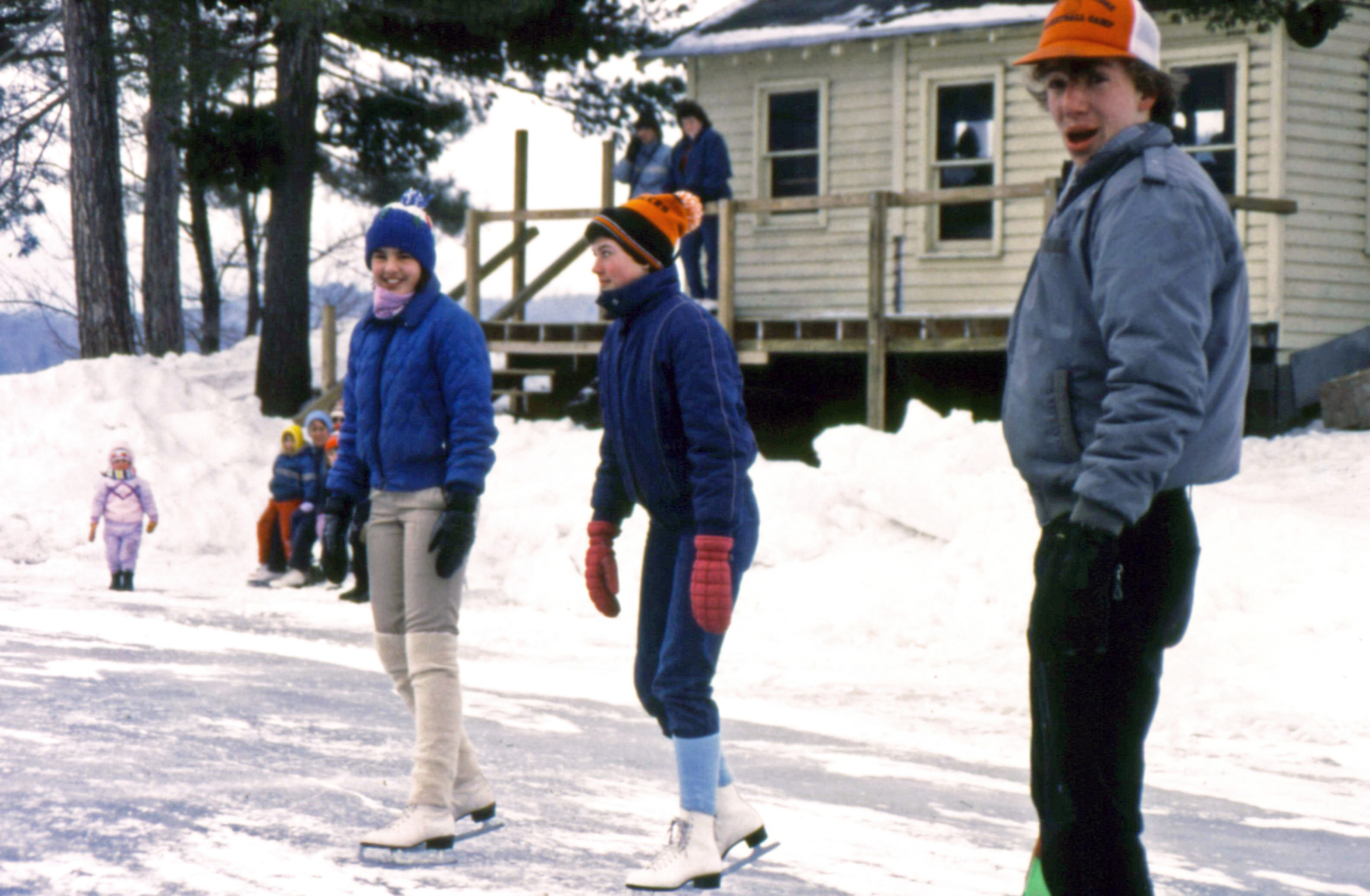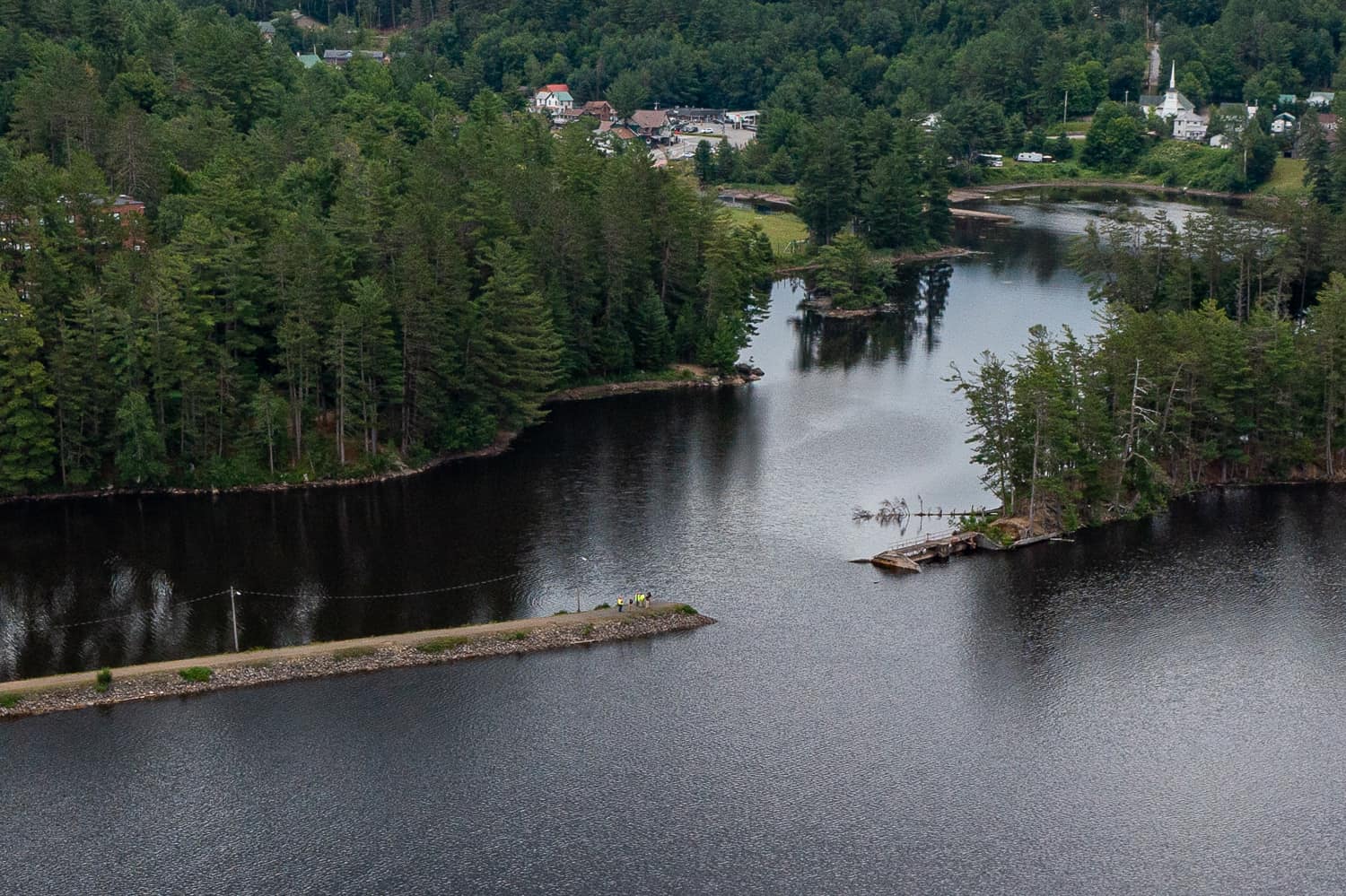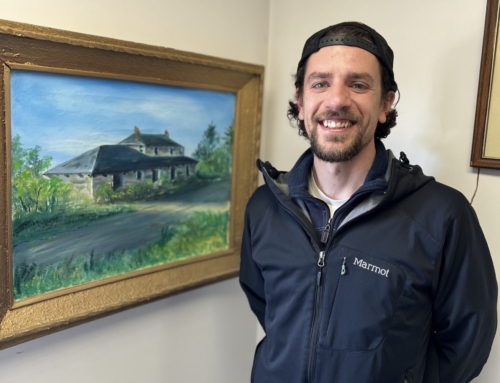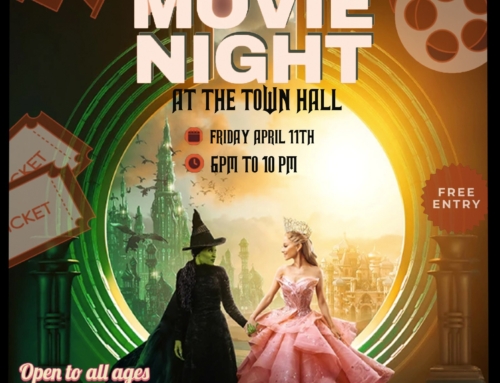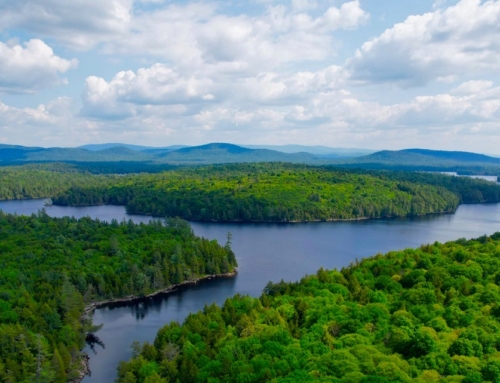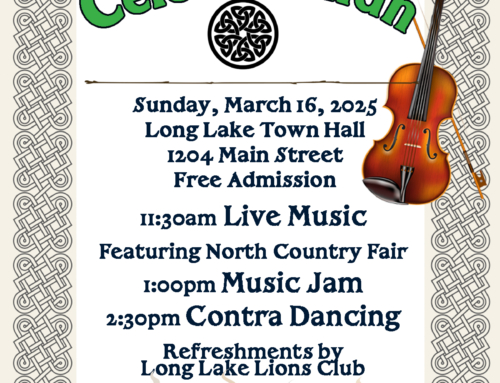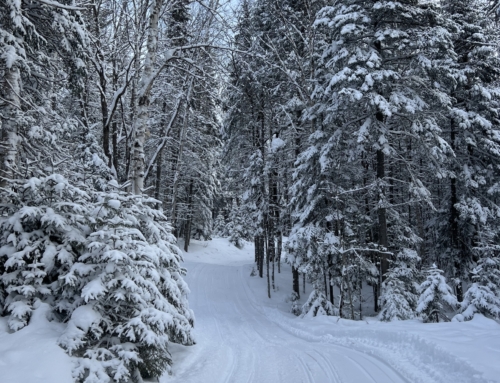We all have fond memories of Jennings Pond. We cut ice out of it, we learned to skate on it, we took our children to catch fish along its shores, we hit foul balls—and once in a great while a homer—into its waters. We probably thought it was a fixture of the natural landscape. But if you ever stopped to read the plaque on the boulder across from Hoss’s or the historical marker on the Nature Trail, you will know that the waters of Jennings Pond covered what was once a wetland that sloped gently into the lake.
This 1908 view towards the Sagamore Hotel shows the wetlands at the outlet of Shaw Brook off to the left gradually deepening into the lake at the right.. Photo courtesy of Guy LeBlanc
When the townspeople created the pond, they thought of the wetland as a marsh, and their main aim was job creation, not recreation. In that early Depression year of 1933, the Town of Long Lake had a grand total of $1098.55 in its coffers, and, as the minutes read, “it is essential that the town have unemployment relief this winter.” To qualify for Civil Works Administration funds, the board raised $3,000 in special taxes, and work on The Town of Long Lake Park Project began.
Beecher Wilson was initially hired to supervise the project, but he lost his job to Edward B. Jennings, who was the highway superintendent, on a ruling by the CWA. From November 1933 through the spring of 1934, Wilson and anywhere from 58 to 28 other men were paid about 7.50 per week. Considering that there were just about 1,000 inhabitants of Long Lake and Raquette Lake hamlets combined, this must have been most of the able-bodied men in the community. They worked through the winter building a causeway from the Sagamore Hotel property across to Pine Island, site of Big Wally’s Restaurant/Another Paradise Cove. At that time there was a short bridge from the Adirondack Hotel to Pine Island. This was replaced with another causeway to stop up that end of the new Pond. The lake side of the shorter causeway became a town swimming beach. After World War II, the town leased part of it to Herb Helms for a seaplane base. When filled, the pond was meant to cover 40 acres and sit 8 ½ feet above the lake level.
These photographs, courtesy of Guy LeBlanc, capture Long Lakers making use of the local resource.
Bob Cusson cutting ice on the pond near the Hotel
Lewis L. Jennings, who was Town Supervisor when talk began about the Park Project, died the month before work began. His brother Harrison was appointed (and later elected) Supervisor after him and oversaw the Park Project It was substantially completed by the summer of 1934, although it wasn’t dedicated to Lewis Jennings until 1937.
Since the pond was a town project, the town set the fishing regulations. After an initial two years of no fishing allowed, the town stocked the pond with brook trout and decreed a limit of 3 fish of 7 inches or more per day, to be caught only with flies and only from boats. There was even a “watcher” of the pond, Charles F. Jones, who was hired for 5 months in 1936.
Although it started primarily as a way to get federal dollars into the community, Jennings Park Pond became a popular place for local recreation. In the late twentieth century, the skating rink was located between Pine Island and the Hotel. The skate shack building was allegedly an outpost of the Ground Observer Corps on the lookout for enemy aircraft during the Cold War. These photographs, courtesy of Guy LeBlanc, capture Long Lakers making use of the local resource.
Snowmobile races on the pond, 1969
Tracy Sabattis, Mindy Baker, and Jonathan Day in front of the skate shack in the 1980s
On July 11, the summer of its 90th birthday, the causeway crumbled under the onslaught of water from a flooding Shaw Brook and Jennings Pond drained down to its original depths—smaller ponds near the lake and low-lying land near the outlet of the brook. Back in 1933, the Town Board gave their new pond two years to develop a healthy population of brook trout; two years in the space now would probably see the original wetland returning.
–Hallie Bond, Town Historian
Image by Cruz with Triple C Imagery

